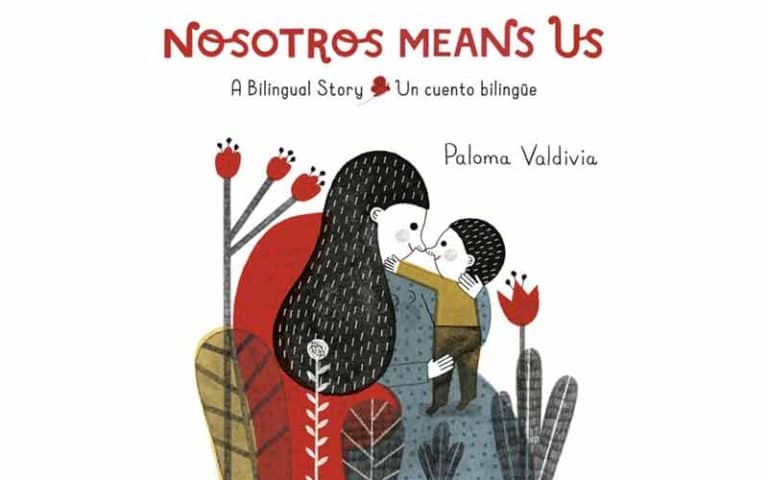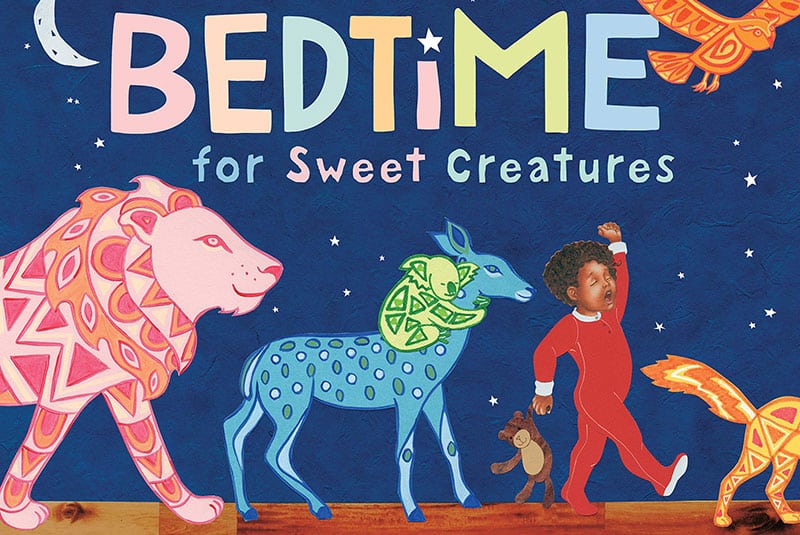TAKE-HOME STRATEGY
Supporting Imitation and Symbolic Representation at Home

What It's About
Imitation and Symbolic Representation skills help children make sense of their world. Children build imitation skills by copying adults’ words and actions. Often, this happens during pretend play. With support, they also start to see that symbols stand for something else. They may recognize a sign for their favorite restaurant or use a block as a “phone” to call a friend.
You can help your child develop these skills by encouraging them to take on roles and use props during play.
Here are some ways you can support Imitation and Symbolic Representation at home. Keep in mind that you can change these activities to work for you and your child based on their current abilities, interests, and what you have available at home. Make sure to use safe materials and watch your child closely during these activities.
Take a look, and try out your favorites!
Create a Picture
Spot the Food Labels
Sing a Song
Let's Pretend
Symbol Walk
What's the Box?
Quick Cues for Imitation and Symbolic Representation
Some things you might do or say to help strengthen your child’s Imitation and Symbolic Representation
Label Symbols
Point out and explain symbols in their world.
This can sound like:
“You’re eating an apple for lunch today! This is an apple,” while showing a picture of an apple.
“That arrow tells us the way to go.”
“You drew a picture of your Abuela, so I am writing ‘Abuela’ here.”
Suggest Roles
During play, suggest new roles or “rules” for that role.
This can sound like:
“Let’s be daddies and walk our babies.”
“I want to pretend to be the customer. What do you want to be?”
“What does the doctor use this for?”
Use Props
Offer props that may or may not look exactly like the “real” thing.
This can sound like:
“You’re pretending to eat broccoli! Yum, I’ll try some too (while holding pretend food)!”
“I’m going to use my spoon to eat my soup (bowl with blocks)!”
“You need to make a call? Okay, here’s my phone (holding a block as a phone).”
Our Book Recommendations for Imitation and Symbolic Representation
Engaging stories that support children's Imitation and Symbolic Representation skills

Nosotros Means Us
Written and illustrated by Paloma Valdivia, this story features a mother and child who imagine transforming into different versions of themselves over time.
Have fun with it:
Move around, and make sounds like animals you and your child would like to be!

Bedtime for Sweet Creatures
Written by Nikki Grimes and illustrated by Elizabeth Zunon, in this book a child goes through the same emotions and actions as different animals as they prepare for sleep.
Have fun with it:
Turn items from your bedtime routine into pretend play props. Use a towel as a cape, a hairbrush as a microphone, or a toothbrush as an airplane.
More Take-Home Strategies
We’re creating a library of resources like these so families and other caregivers can quickly and easily promote children’s development at home. Be sure to see all the strategies we have available!

